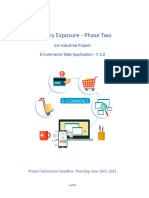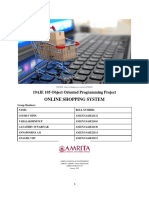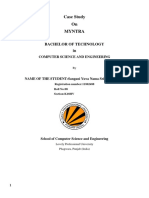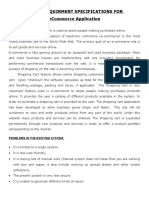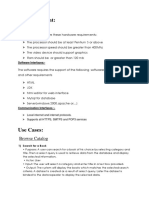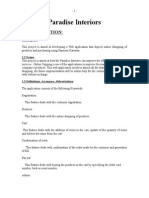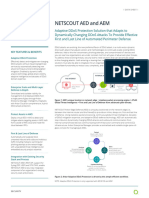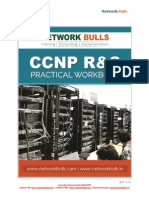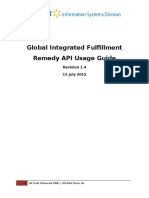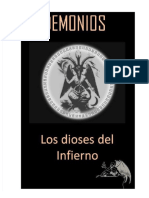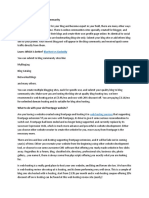0% found this document useful (0 votes)
72 views10 pagesBoard Game Empire Web Application: Wip9247@conestogac - On.ca
The document describes plans to develop a web application to promote and sell board games, with features like an e-commerce platform, member system, and payment integration. It will have front-end, back-end, and database components, using technologies like HTML, CSS, JavaScript, Node.js, Express, and MongoDB. Use cases are outlined for managing products, launching campaigns, and handling customer orders.
Uploaded by
Jason HahaCopyright
© © All Rights Reserved
We take content rights seriously. If you suspect this is your content, claim it here.
Available Formats
Download as DOCX, PDF, TXT or read online on Scribd
0% found this document useful (0 votes)
72 views10 pagesBoard Game Empire Web Application: Wip9247@conestogac - On.ca
The document describes plans to develop a web application to promote and sell board games, with features like an e-commerce platform, member system, and payment integration. It will have front-end, back-end, and database components, using technologies like HTML, CSS, JavaScript, Node.js, Express, and MongoDB. Use cases are outlined for managing products, launching campaigns, and handling customer orders.
Uploaded by
Jason HahaCopyright
© © All Rights Reserved
We take content rights seriously. If you suspect this is your content, claim it here.
Available Formats
Download as DOCX, PDF, TXT or read online on Scribd
/ 10


